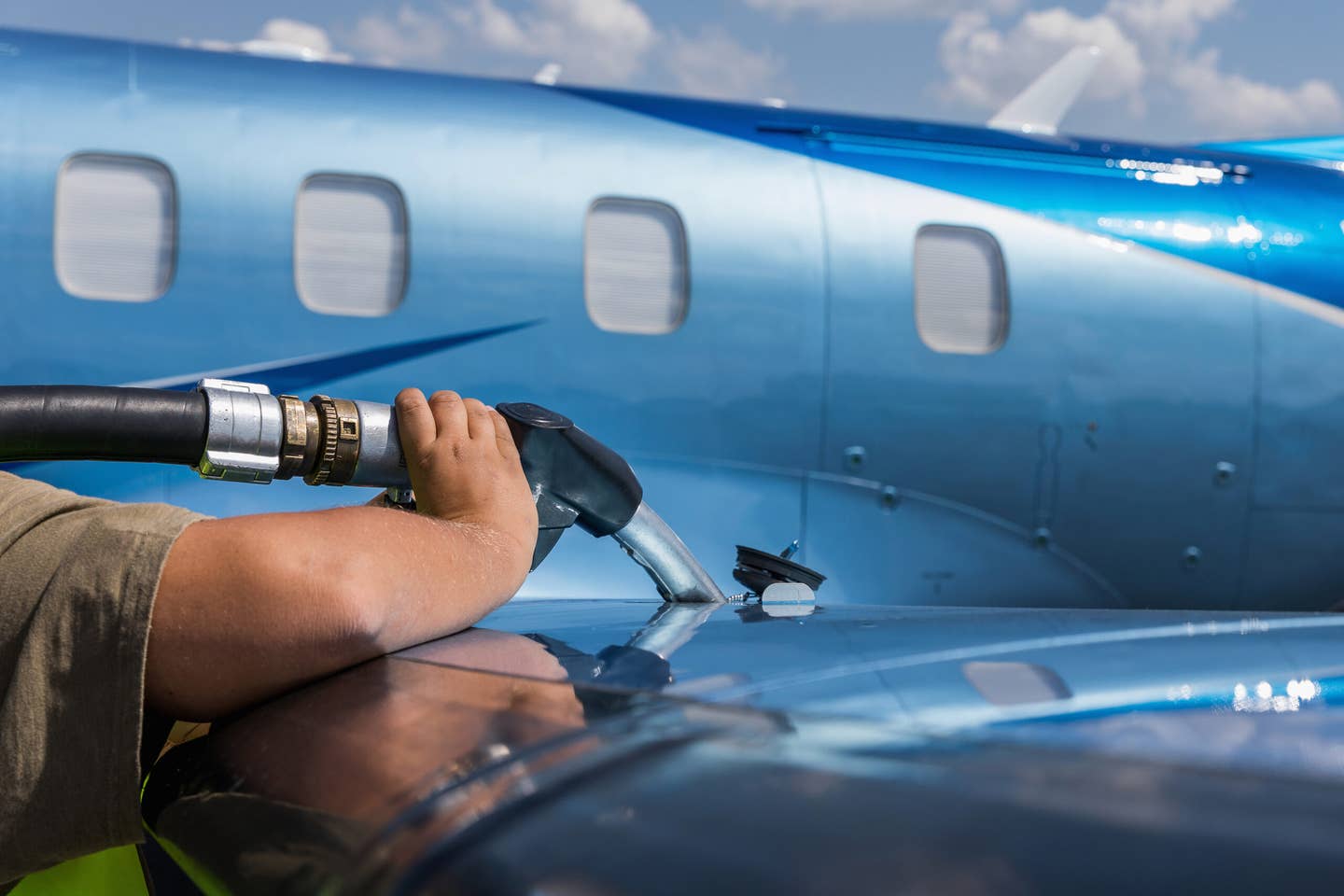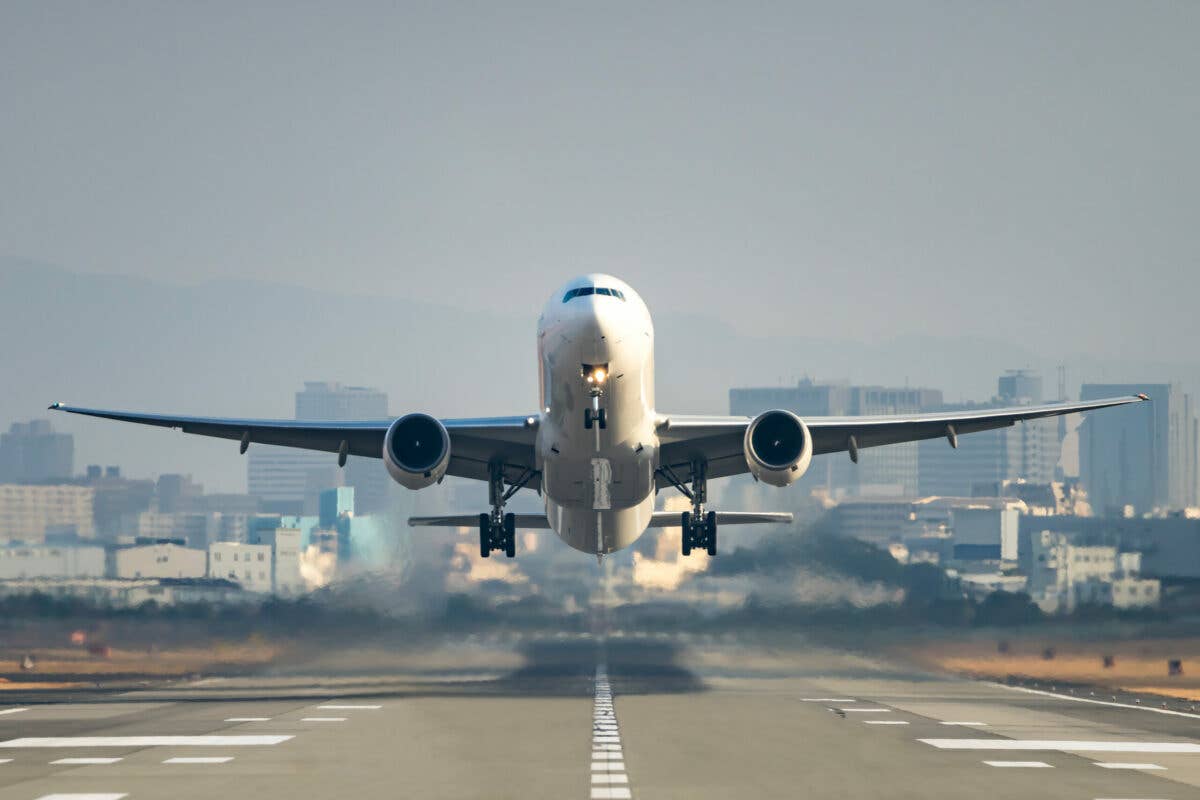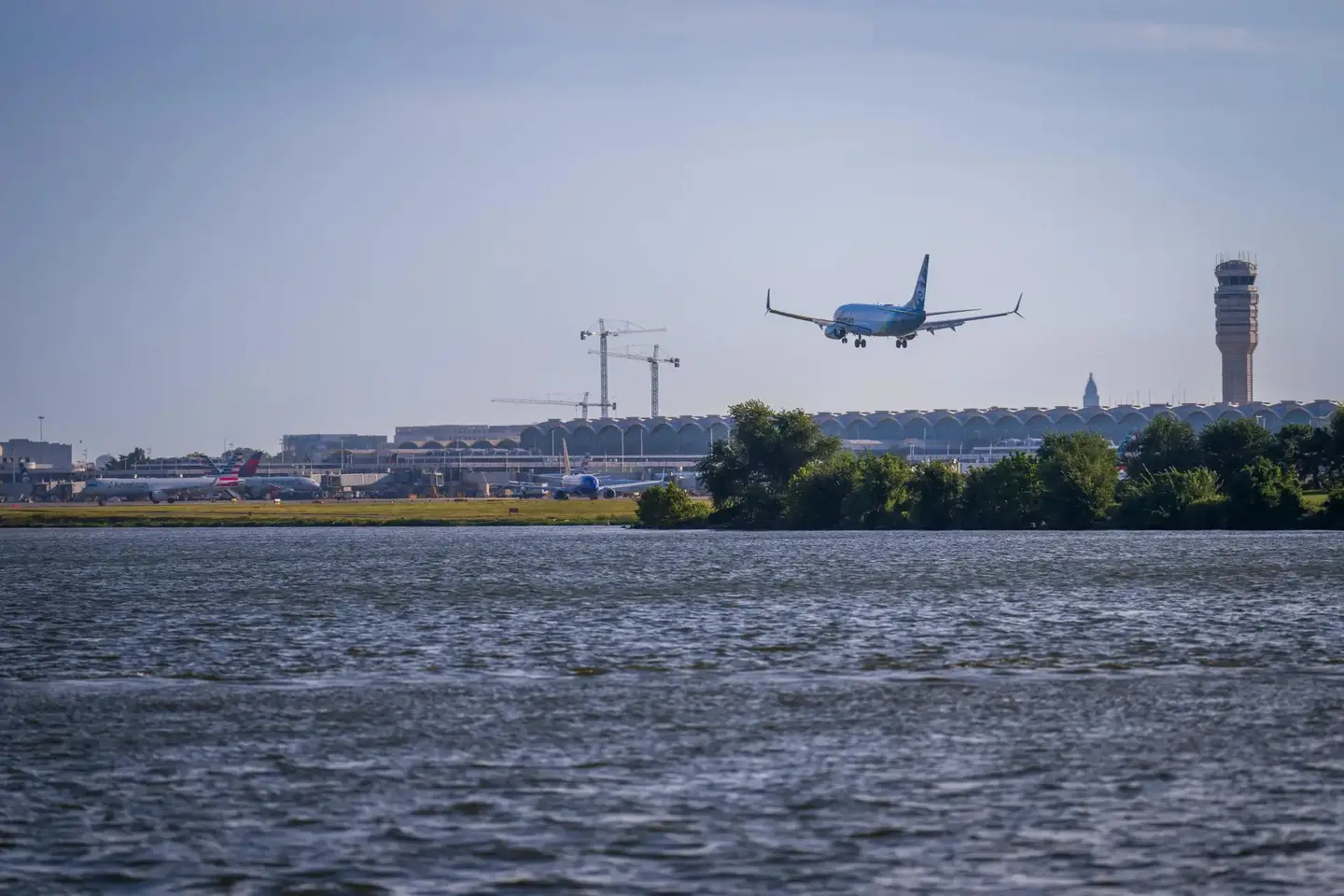Surging Fuel Prices Could Hinder Summer Flying Plans
One expert breaks down the reasons for the spike, and how it may keep some airplanes out of the sky a bit more as the weather warms up.

The cost of fueling your aircraft these days might keep you from those summer missions you had in mind. [File photo: Shutterstock]
The cost of diesel has risen to its highest point since 2008, causing jet fuel prices to also climb to stifling heights. One expert says things might stay that way long enough to affect summer travel plans. That’s a proposition that general and business aviation pilots and operators might not be fond of.
In a recent update, FreightWaves Editor at Large John Kingston, a prominent voice in the energy sector, pointed out that "according to the Department of Energy's Energy Information Administration (EIA), retail gasoline is up 26 percent from the start of the year — but diesel is up 42.8 percent."
In fact, he estimates that the price spread might stay that way.
The Real Reason Diesel Is So Expensive
During an interview with FLYING on Monday, Kingston explained why there has been such a short supply of diesel fuel and why demand has skyrocketed, and it’s not exactly what you’d expect.
“At the beginning of 2020, the world's marine fuels were required to be much lower in sulfur. The problem for the diesel market then was that fuel refiners were now going to use some of the molecules from the middle of that barrel that is used to produce diesel, and move them into the Marine market,” Kingston explained.
In other words, the International Maritime Organization—IMO 2020 mandate—went into effect, and the demand for the type of crude oil that makes diesel and jet fuel increased significantly to supply the maritime market. While the world was able to keep up with demand for Russia’s contribution, the recent sanctions against them are leading to a drought in the oil supply, leading to scary fuel prices for pilots.
Kingston also said that the U.S. inventory isn’t enough to keep up with demand. He explained that at the peak of the pandemic in the spring and early summer of 2020, there was enough oil inventory to last 50 days, and as much as 70 days—that’s because travel came to a halt.
“Most recently, they're down to 29 days; they've been as low as 26.7 days,” Kingston explained, adding that normally, pre-pandemic, it was normal to have enough for as much as 39 days. “So, you can see we're pretty tight.”
This, along with inflation, explains why seats on all types of aircraft are more expensive. But even as operators would love to capture higher ticket price margins, the fact that jet fuel is 30 percent of an airline's bill means that covering that cost is still difficult.
The Pinch on General and Business Aviation?
Since the March peak, the market has barely cooled. As of Monday, according to Airnav, which regularly collects fuel data across 3,642 fixed-based operators (FBOs) nationwide, on average, operators will have to pay $6.32 for jet-A. On the high end, they might have to fork out $12.88. That's a 140 percent price premium year over year.
| FBOs | 100 LL Avgas FBOs | 100 LL Avgas Avg. | 100 LL Avgas Min. | 100 LL Avgas Max. | Jet-A FBOs | Jet-A Avg. | Jet-A Min. | Jet-A Max. | |
| U.S. | 3,642 | 3,539 | $6.18 | $3.99 | $11.15 | 2,564 | $6.32 | $3.23 | $12.88 |
| Alaska | 82 | 67 | $8.22 | $6.37 | $11.15 | 66 | $6.99 | $5.00 | $10.69 |
| Central | 358 | 355 | $5.71 | $4.20 | $8.43 | 215 | $5.71 | $3.25 | $10.10 |
| Eastern | 358 | 344 | $6.53 | $4.65 | $9.99 | 253 | $7.40 | $3.45 | $12.88 |
| Great Lakes | 733 | 721 | $5.89 | $3.99 | $9.70 | 484 | $5.87 | $3.23 | $10.59 |
| New England | 138 | 133 | $6.60 | $4.90 | $8.92 | 83 | $7.95 | $4.35 | $11.90 |
| Northwest Mountain | 384 | 374 | $6.43 | $4.45 | $8.66 | 261 | $6.48 | $3.75 | $10.20 |
| Southern | 672 | 663 | $6.18 | $4.10 | $9.91 | 527 | $6.12 | $3.25 | $11.49 |
| Southwest | 577 | 565 | $5.98 | $4.15 | $8.74 | 414 | $6.06 | $3.30 | $9.93 |
| Western-Pacific | 340 | 317 | $6.74 | $4.55 | $11.14 | 261 | $6.73 | $3.99 | $10.56 |
For general and business aviation operators, Kingston paints a starker reality.
“If you hear that the price of crude oil or gasoline dropped by a certain amount, you can operate on the assumption that the price of diesel didn't drop as much. Likewise, if you hear that the price of crude oil and gasoline went up by a certain amount, you can assume that the price of diesel went up even higher.”
Looking ahead, the U.S. Energy Information Administration, in its summer fuel outlook, predicted that retail diesel prices for the summer would average $4.57 per gallon. That would be the highest inflation-adjusted price for a summer since 2014.
"We expect higher fuel prices this summer due to higher crude oil prices. Crude oil prices have generally risen since the start of the year partly due to geopolitical developments, particularly Russia's war against Ukraine," the administration said. "We expect U.S. economic activity to increase through the summer, resulting in more demand for petroleum fuels. Greater demand will contribute to higher crude oil prices, and we expect Brent crude oil will average $106 per barrel this summer, which would be $35 per barrel higher than last summer."
Even if travelers can avoid the higher prices, the air cargo market and customers who shop online might experience higher shipping costs, as those carriers also look to offset expenses. For instance, for the first time in history, Amazon added a 5 percent fuel and inflation surcharge to partners that use its fulfillment centers.
How the Airlines are Affected
Alaska Airlines (NYSE: ALK) is one of those airlines having to take measures to deal with the changing landscape. In March, the airline trimmed 5 percent of its flying schedule, citing "the sharp rise in fuel costs," in an SEC filing.
"Given the sharp rise in fuel costs, we have slightly moderated our capacity outlook for the year and now expect capacity to be down three percent to five percent in the first half of the year. We continue to plan for a return to 100% of pre-COVID capacity by summer followed by growth in the second half of the year and will continue to prudently adjust capacity as necessary in response to the evolving fuel environment," the airline said.
In the same breath, low-cost carrier Allegiant Airlines (NASDAQ: ALGT) also said it planned to shrink its capacity by as much as 10 percent in the second quarter for similar reasons. At that time, spot jet fuel prices in New York Harbor were $4.06 a gallon, a far cry from the $2.50 just two months prior in January. In a later update, Allegiant said the $3.46 per gallon it paid for fuel in March cost an additional $22 million to its operation. However, it would still fulfill its profit-sharing reward to employees despite the squeeze.
Some airlines like Delta Air Lines (NYSE: DAL), United (NASDAQ: UAL), and American (NASDAQ: AAL) have decided not to hedge their fuel prices after the market bottomed out in 2020 but instead follow market prices. The only major airline sticking to its hedging ways is Southwest Airlines, which reported that its contract—a 61 cent per gallon saving or a $26 million discount—would protect it against surging prices in the second quarter.

Sign-up for newsletters & special offers!
Get the latest FLYING stories & special offers delivered directly to your inbox






